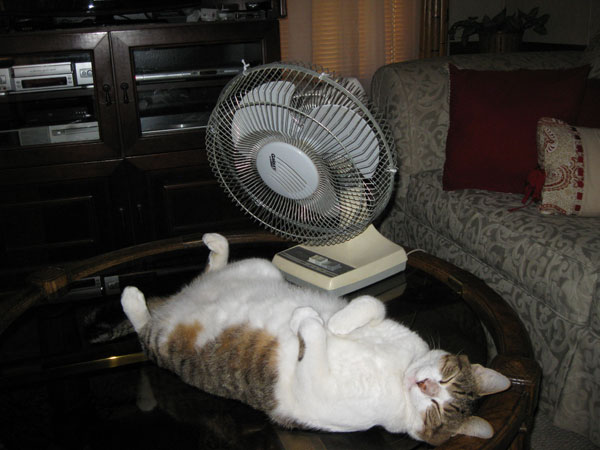- La Feria Community Holds Succesful Business Mixer Event
- Little Nashville to Take Place in Downtown Mercedes
- Lions Basketball Captures District Gold
- La Feria ISD Students Compete in Regional Chess Tournament
- Lions End First Half of 32-4A on a High Note
- La Feria ISD Held Another Successful Parent Conference
- Strong Appearance for Lions at Hidalgo Power Meet
- LFECHS Students Get to Meet Local Actress
- Students Participate in Marine Biology Camp
- Two LFECHS Students Qualify for All-State Band
Canicula Times in the Valley
- Updated: August 12, 2016
Learn to Survive the DOG DAYS of July
It happens every summer during the month of July. The arrival of these torrid temperatures this month is called the Dog Days of July. You’ve heard that, but have you ever wondered where that term came from? Well, draw up a glass of ice-cold lemonade, and let’s discuss it.
A little research shows that some 2,000 years ago, the Romans named a couple of weeks of the summer month of July, the “Canicula” (Latin for the Dog Star). This miserable time of year would sometimes extend into August. Nothing seems to have changed down to our days. There was also a certain constellation overhead.
They were called “Dog Days” because those were days with unbearable, sizzling hot temperatures that supposedly made dogs go bonkers from the heat–and by extension, everybody else too.
Did you know that the clever Romans in Julius Caesar’s day sipped iced lemonade in Rome to cool off like us today? Enterprising chaps would bring down snow from the tops of the tall mountains surrounding the Italian capital in their straw-insulated carts, and then sell the cool fruit-flavored refreshments to thirsty, over-heated Romans, thus proving the old adage: There is nothing new under the sun.
So much for history: The fact is that Texas summers are rough. We need to get serious about enduring and surviving these triple-digit temperatures we are having this month. It is no light matter–especially for the most vulnerable in our population–the very young and especially the elderly.
The older citizens should search out an air-conditioned environment somewhere and spend as much time as possible away from the heat. Not only for the comfort, but older folks are at increased risk for heat-related problems. The doctor is the one who can distinguish the different degrees of heat problems. The problems can progress from heat cramps, to heat exhaustion, to an out-and-out heat stroke. The latter is a life-threatening, medical emergency requiring immediate, skilled care.
Even if one is not exerting himself, he is still losing essential water through perspiration.
My doctor will always say; “push water.” Make sure older people stay hydrated–just the opposite of dehydration. Be sure to drink pure water without sugar, alcohol or caffeine.
Ask your doctor about a safe guideline for fluid or salt intake for you. The traditional dictum most heard is “eight glasses of water a day,” but check it out with your doctor.
And, take it easy during the hottest part of the day (12:00-2:00 pm). Hey, friend, the grass can wait till later in the evening when it’s cooler.
These simple to follow guidelines apply to everyone during the Canicula of summer–especially the very young and the elderly. If you or a family member displays signs of heat-related illness, don’t ignore it. Watch the person closely. Signs include: a sudden feeling of extreme fatigue, a sudden chill even though you are hot and sweating. The signs also include dizziness, nausea, sudden headache, muscle pains or cramps. Vomiting and confusion can occur. If these symptoms progress or get worse, your next step is to call your doctor or 911 for help. You could save someone’s life.




